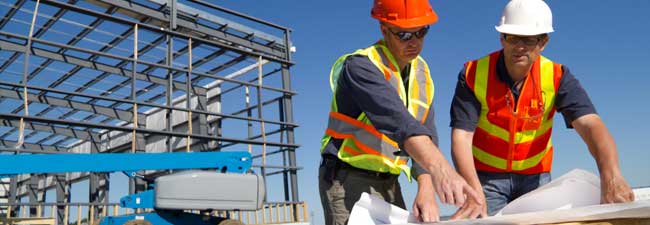Concrete in Practice Part II: Discovery
 To concrete contractors, any building represents a fundamental opportunity to produce construction quality, and a chance to blow project completion. To the uninitiated, concrete installation appears to be a pour-and-wait process. However, concrete construction is far more detailed. From the moment that manufacturers mix cement, aggregate, and water, concrete moisture is the linchpin of successful project completion. As it happens in industry, concrete contractors may not fully understand that.
To concrete contractors, any building represents a fundamental opportunity to produce construction quality, and a chance to blow project completion. To the uninitiated, concrete installation appears to be a pour-and-wait process. However, concrete construction is far more detailed. From the moment that manufacturers mix cement, aggregate, and water, concrete moisture is the linchpin of successful project completion. As it happens in industry, concrete contractors may not fully understand that.
Herein lies the source of communication problems. How can concrete installation subcontractors properly inform supervisors of any idea that neither party grasps? The answer lies in simple knowledge.
Concrete installation succeeds based on the interactive, but disparate, processes of hydration and curing. Once poured, the concrete moisture adapts to the relative humidity (RH) of its surroundings. Water vapor in the air influences the rate at which concrete slabs dry. The wetter the air, the slower the evaporation. The drier the air, the faster concrete moisture evaporates. Any significant change in relative humidity changes a concrete installation schedule – if you want to get it right.
Luckily, concrete installers can easily and precisely monitor concrete moisture as it changes. Digital technology now allows builders to place single use, calibrated probes inside the slab at varying depths and locations. Concrete contractors can now obtain the probe’s relative humidity (RH) readings with a concrete moisture reader from Wagner Meters. Studies show that probes need only be placed at 40% of the concrete depth, if the slab is drying from one side. This reading gives an indication of what the surface conditions will be like once a coating, adhesive, and/or finished floor product are installed.
The key is to keep the lines of communication open, between all of the trades, even if the information regarding moisture levels in the concrete slab are good or bad.